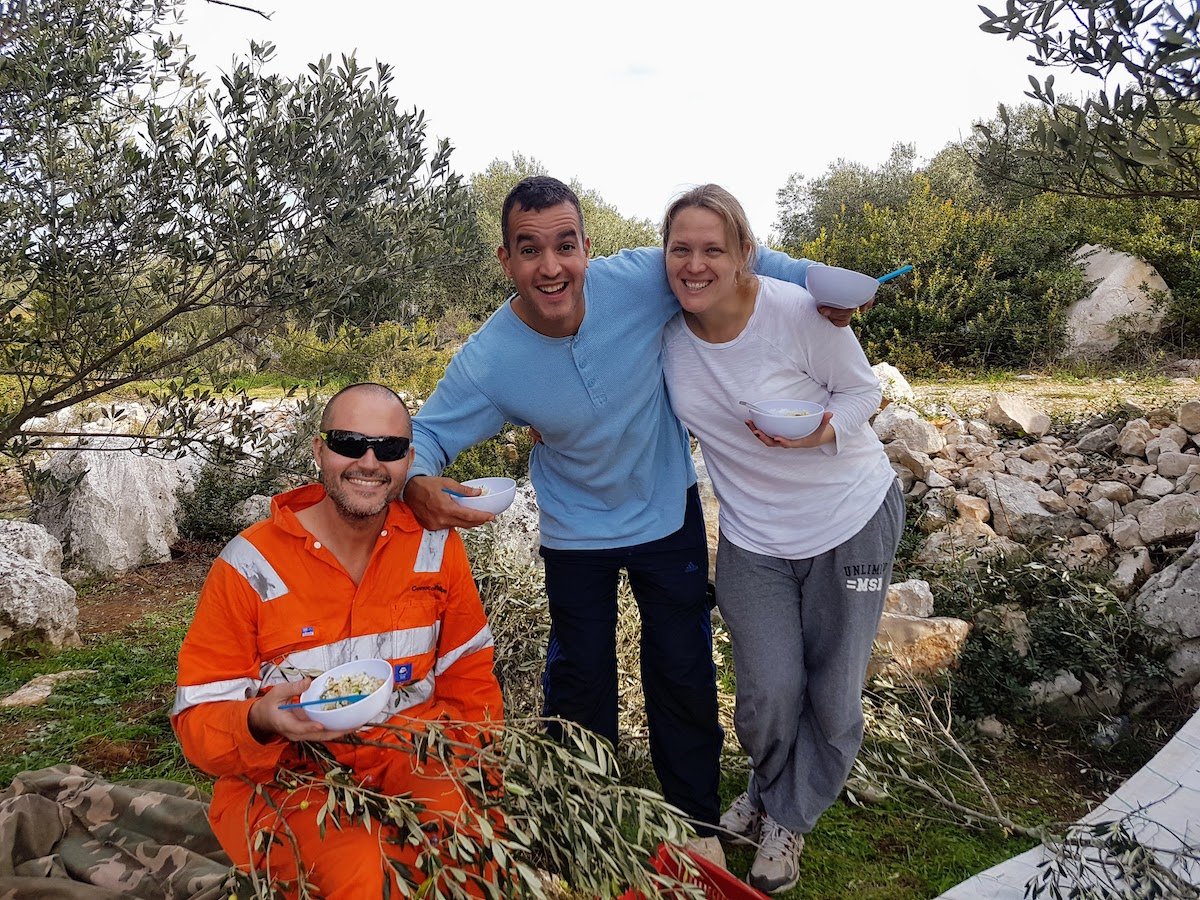What To Know About Croatian Olive Oil & Where To Find It
Olive oil is like liquid gold in our household; seriously, we go through liters of it every month. Every year, without fail, you’ll find me and the kids – yup, even the youngest, who was just 3 months old at the time – over on the island of Pasman, lending a hand to friends as we pick olives from their trees.
It’s become more than just a tradition; it’s a cherished annual pilgrimage that we all look forward to. But it doesn’t stop there. We’ve got our little olive brigade of trees back home, and gathering with the family to press our own oil has become one of those rituals that just makes life feel richer.
It’s like we’re bottling up a bit of family magic with every press. So, I figured, why not share the love? I put together this guide on Croatian olive oils to let you in on this Mediterranean liquid gold.

Croatian olive oil is one of the Mediterranean’s hidden gems, with a tradition steeped in centuries of cultivation.
Your exploration into this golden liquid should start with the understanding that Croatia, with its diverse climates and geographical nuances, produces some of the most distinctive olive oils in the world.
Here in Croatia, there are sprawling groves that stretch along the Adriatic coast and the islands, where the olive trees benefit from the influences of the salty Adriatic air, producing oil with unique flavors and aromas.
As you delve further into the world of Croatian olive oils, you’ll learn that they are not all created equal.
The most commonly planted olive tree variety in Croatia is the Oblica, contributing to over 60% of the olive oil production.
This oil, known for its fruity aroma and rich, peppery taste, comes from the first cold-press of these olives – a method that retains the natural flavors and health benefits.
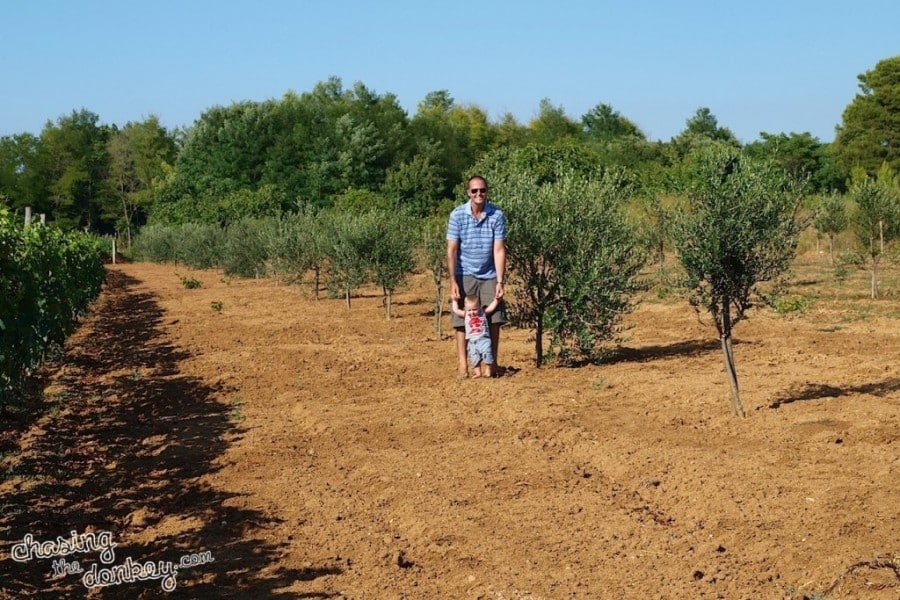
When you turn to the Istrian peninsula, regarded for its high-quality olive oil, you find yourself amidst an area with a favorable microclimate and soil composition that ancient Romans celebrated for its olive oil production.
Each bottle of Croatian olive oil you come across may tell a different story – from family-run farms handpicking olives to create small batches of artisan oils, to award-winning varieties like Chiavalon, recognized on the world stage.
Whether drizzled over a plate of fresh seafood or used to dress a hearty salad, these oils offer a taste profile that has been perfected over generations.
Dive into the uniqueness of each region’s offering and you’ll soon appreciate the range and depth of Croatian olive oils, where history and flavor intertwine in every drop.
Skip Ahead To My Advice Here!
The Rise Of Croatian Olive Oil
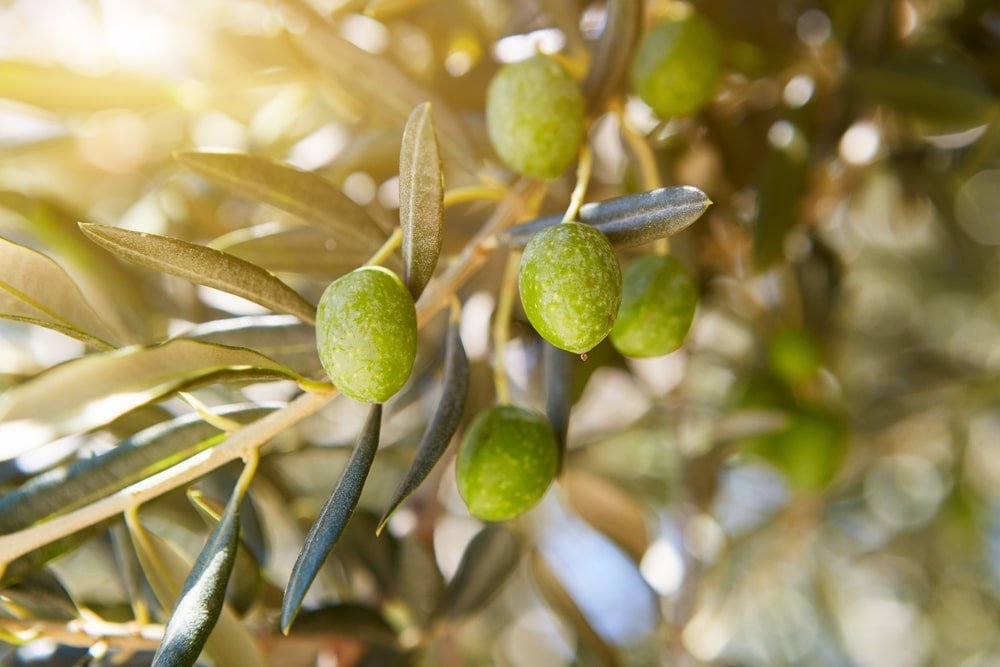
Croatian olive oil has been gaining recognition for its quality and unique flavor profile. This section will dive into its historical roots, current production practices, and the recent renaissance that has catapulted it onto the world stage.
A Brief History
Olive trees have long found a hospitable home in the diverse climates of Croatia, with a history of cultivation stretching back to ancient Greek and Roman times. The Romans particularly admired Ithe red Istrian soil for its quality. There are some trees planted in Istria and across Croatia that are known to be well over 2,000 years old.
Modern Olive Oil Production in Croatia
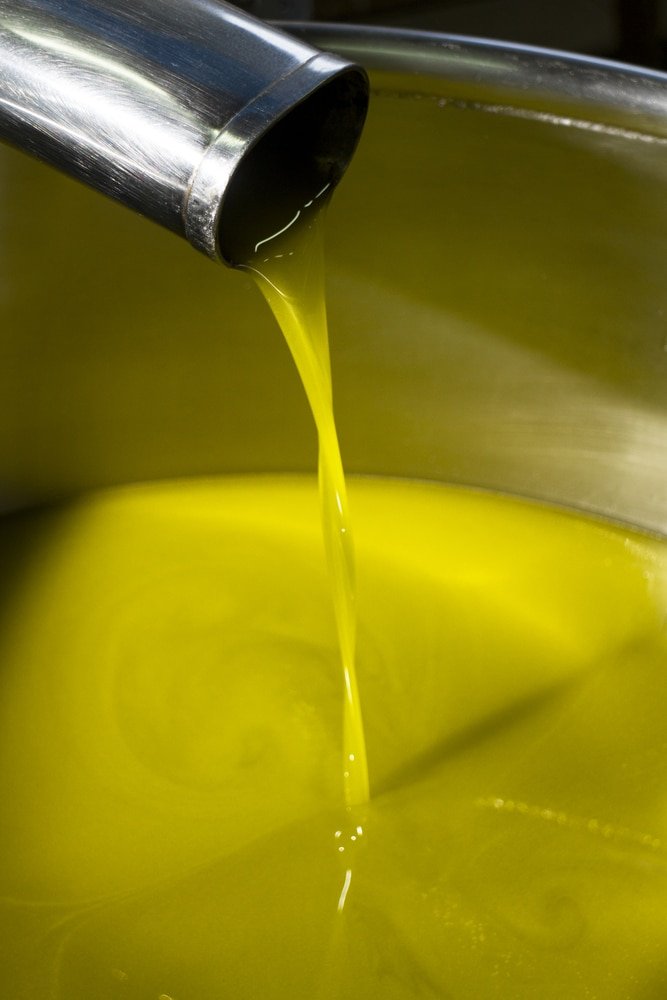
Today, Croatian olive oil production is a blend of tradition and modern innovation. The industry has adopted contemporary techniques while maintaining the artisanal spirit.
Small-scale producers are common, focusing on high-quality Croatian extra virgin olive oils.
- Key Olive Oil Regions: Istria is one I mentioned, and the others are Dalmatia and the islands
- Production Methods: combining age-old techniques with modern technology
- Type of Oil Produced: predominantly extra virgin olive oil
- Flavor Profiles: ranging from the fruity and grassy aroma to the pungent and peppery
Regions For The Production Of Olive Oil
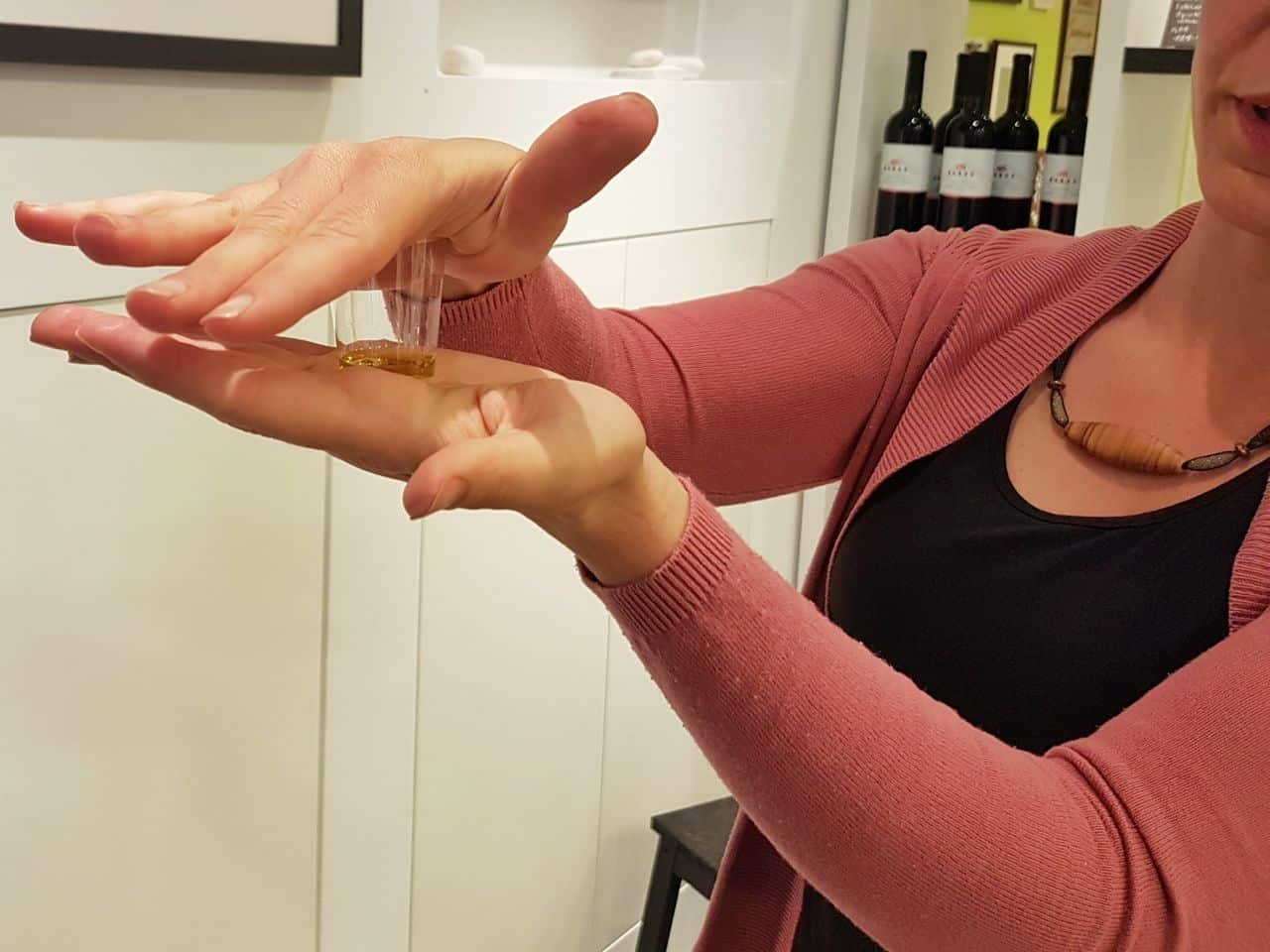
Croatia’s olive oil regions are steeped in tradition and quality, offering some of the best olive oils in the world. Let’s take a journey through the revered regions that make Croatian olive oil a global standout.
Istrian Region
Istria is acclaimed as a premier olive oil producing area, consistently ranking high for its Istrian olive oil. Flos Olei, a respected guide, has named Istria as the ‘Best Olive Oil Region’ for several consecutive years.
Here, the terroir is ideal for olive trees, with a combination of a mild Mediterranean climate and fertile soil.
The olives such as buža, istarska bjelica, and oblica thrive here, and local mills are known to produce olive oils with distinctive tastes and aromas.
Dalmatian Region (Southern, Central & Northern)

Dalmatia takes the olive oil game to a whole new level. Down south, the oils hit you with a bold, peppery kick, while the central and northern parts mellow out with fruity undertones.
This isn’t just a recent trend; olive oil has been a big deal here since Roman times. By the 19th century, Dalmatian olive oil was even giving Italian and French oils a run for their money.
Today, Dalmatia is still on the map for its olive oil, offering everything from premium single-origin varieties to unique blends. It’s a rich mix that continues to make Croatia’s olive oil scene something worth exploring.
Croatian Olive Oil On The Islands
Croatian islands, each with their unique microclimates and olive varieties, are secret havens for olive oil aficionados.
From the sun-drenched island groves, you’ll find exquisite olive oils that capture the essence of the Croatian landscape.
Island producers really care about keeping their olive oils genuine and pure. They make sure every bottle reflects the unique character of where it comes from.
Brands We Use And Trust
Croatian Olive Varieties
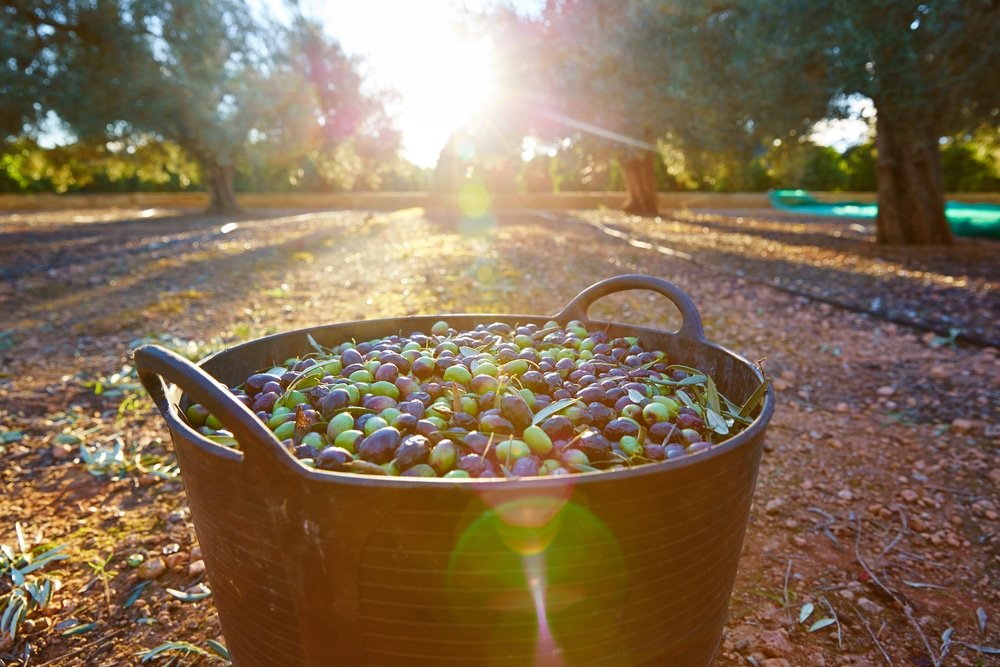
Croatia’s olive oils are packed with flavors that are all over the map, and a big part of what makes them stand out is the variety of Croatian olives. Dive into the local types and you’ll find everything from light, fruity vibes to bold, peppery kicks.
Indigenous Olive Types
The Croatian olive oil landscape is dominated by a cavalry of indigenous olive varieties, each contributing to the country’s rich olive oil culture.
Oblica tops the charts as the most abundant, accounting for over 60% of the olive trees planted in Croatia.
Other noteworthy varieties include Istarska Belica, Buža, Karbonaca, Črnica, and Rošinjola.
Each variety thrives in favorable soil and climate conditions, particularly in regions like Istria and Dalmatia.
What Do Croatian Olive Oils Taste Like
- Oblica: expect a fruity aroma with a slightly bitter and spicy taste that often concludes with a pleasant almond note
- Istarska Belica: known for its pungent, peppery kick and grassy aroma
- Buža: typically yields oils with a fresh, grassy flavor and hints of artichoke
- Karbonaca: delivers oil that’s both fruity and mild, balanced with a gentle bitterness
- Črnica: produces a robust oil with a pronounced bitterness, making it a favorite for those who enjoy a strong olive oil profile
Every type of olive adds its own twist to the mix of tastes and smells in Croatian olive oils. Whether you’re jazzing up a salad or just dunking some bread, the range of flavors will whisk you away on a taste adventure through Croatia’s olive fields.
Quality and Characteristics
Before you even think of drizzling Croatian olive oil on your salad or using it for your next culinary endeavor, let’s dive into what makes this oil stand out in terms of quality and characteristics.
What Makes Croatian Olive Oil Premium?
Croatian olive oil, particularly the extra virgin variety, has earned a reputation for excellence.
The prime factors affecting its quality include the country’s unique climate and ideal soil conditions that foster the growth of olive trees.
It’s a combination of the sun-kissed Mediterranean coast and the best agricultural practices that ensure the top-notch quality of the oil.
The quality olive oil you get is the result of stringent quality control coupled with traditional harvesting methods.
Polyphenols
Olive oil high in polyphenols is not only a culinary delight but a boon for your well-being.
These natural compounds are known for their antioxidant properties, fighting off free radicals and offering various health advantages, including anti-inflammatory effects.
The Croatian premium Brachia extra virgin olive oil is lauded for its high polyphenol content, which is one of the benchmarks for the oil’s health-promoting features.
Color, Texture, and Taste Nuances
When it comes to Croatian olive oils, expect a spectrum of golden to greenish hues, each hinting at the type and maturity of olives used.
As for texture, a high-quality extra virgin olive oil like Brachia will coat your palate with a velvety richness, often accompanied by a peppery finish that testifies to its purity and high polyphenol content.
Flavor-wise, these oils can range from grassy and herbal to fruity and spicy, reflecting the diversity of Croatian regions and olive varieties.
Best Croatian Producers
Croatia’s olive oil scene is dominated by passionate producers and innovative brands that have put the country on the map. You’ll discover that quality and tradition are not just words but a way of life for these respected names.
Here is just a sample of brands you can choose from:
Istria

- Brist Olive: a family estate in Vodnjan that combines traditional methods with modern sustainability practices
- Chiavalon: a family-run estate known for its exquisite extra virgin olive oils – try the Chiavalon ex albis extra virgin
- Belic: the Olea BB line from Belic is highly regarded for its quality
- Ipša: known for producing olive oil with distinct freshness and flavor
- Meneghetti: offers high-quality olive oil alongside their winemaking
- Mate: gains recognition for its organic olive oils with rich aromatics
- Vodnjanka: celebrated for their artisanal approach and dedication to Istrian olive varieties
- Agroprodukt: known for their single-varietal oils, highlighting the unique characteristics of Istrian olives
- Olea Prima: gains acclaim for their premium, organic extra virgin olive oils
- Olivetum Colonna: their groves produce olive oil that’s as rich in history as it is in flavor
- Stancija Collis: offers a range of high-quality olive oils with a focus on biodiversity and sustainability
- Olivica: a boutique producer, Olivica’s oils are praised for their distinct freshness and complexity
- Al Torcio: innovative in their approach, they’re known for their cold-pressed extra virgin olive oils
- Salvela: renowned for their commitment to quality and the environment, producing exceptional organic oils
- Grimalda: offers exquisite blends and single-varietal oils, celebrated for their intensity and balance
Dalmatia
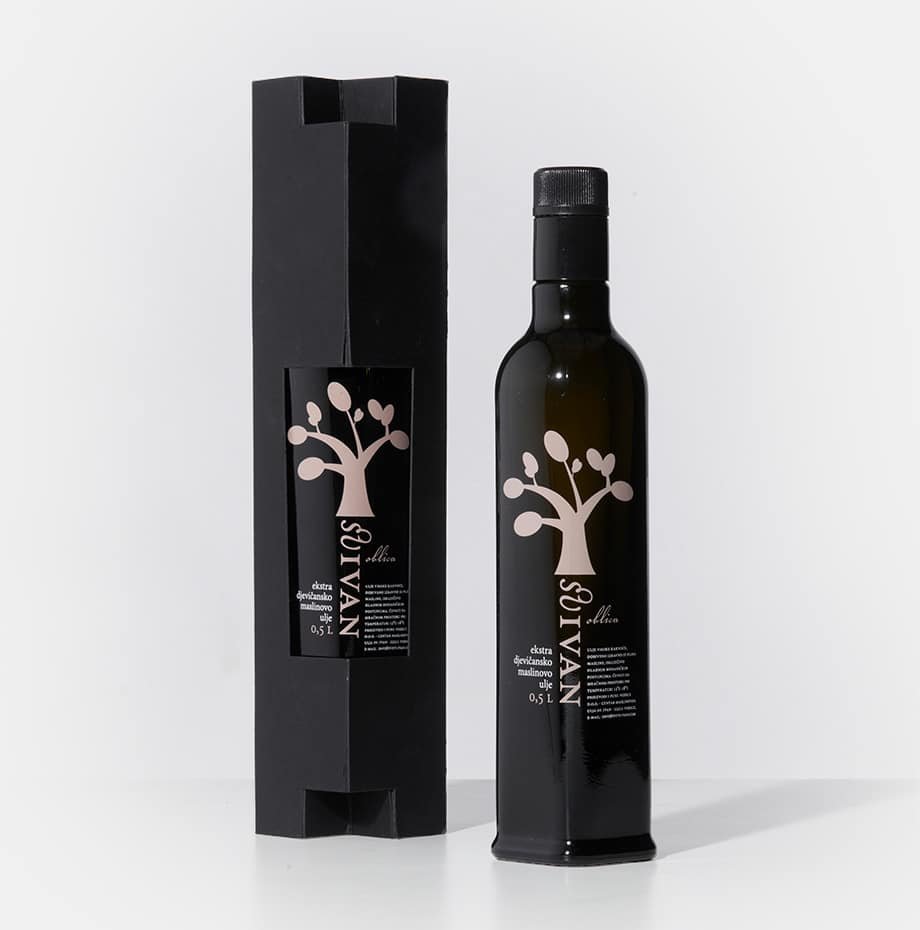
- Sv. Ivan: an autochthonous Dalmatian variety and winner at the NY1OOC award in 2023
- Brachia: Ccmbines traditional and modern techniques to produce their olive oil
- OPG Škevin: known for their award-winning Oblica olive oil variety
- Terra Rossa: specializes in organic olive oil from the Dalmatian coast
- OPG Grubić: recognized for their high-quality olive oils in the Zadar region
- OPG Antunović: based in Pelješac, they produce excellent olive oils
- Selo: the Erlić Family produces a range of olive oils that capture the essence of Dalmatian olives, combining tradition with modernity
- Solarska Dalmatia: known for their robust and flavorful oils, embodying the sun-drenched Dalmatian coast
- Torčul: highly regarded for their methodical approach to olive oil production, ensuring high-quality output
- Senjković: a small-scale producer that has gained attention for their dedication to crafting premium olive oils
- Lučić Olive Oil: offers a taste of Dalmatia’s ancient olive-growing tradition through their meticulously produced oils
- Korčula Olives: specializes in oils from Korčula island, known for their aromatic profile and richness
- MasVin: located in the Ravni Kotari region, they’re celebrated for their innovative farming and milling techniques
- Postira: this producer stands out for their olive oils made from centuries-old groves on the island of Brač
- Torkul: renowned for their exceptional quality, Torkul olive oils are a staple for connoisseurs
- Marinović: based in the Split region, their olive oils are a testament to the family’s passion and expertise
Croatian Islands
- OPG Curin Eva Marija (Hvar): winner of the NY1OOC award in 2023. Specialized olive groves home to 1,000 trees
- OPG Chiavalon Sergo (Korčula): produces premium olive oils on the island of Korčula
- OPG Buršić (Istria but with island production, too): known for their dedication to organic farming and quality
- Olea BB (Hvar): their olive groves on Hvar produce exceptional olive oil
- OPG Mate Cetina (Šolta): famous for their early harvest olive oil
- OPG Batistić (Korčula): their Korčula olive oils are rich in flavor and aroma
Elsewhere
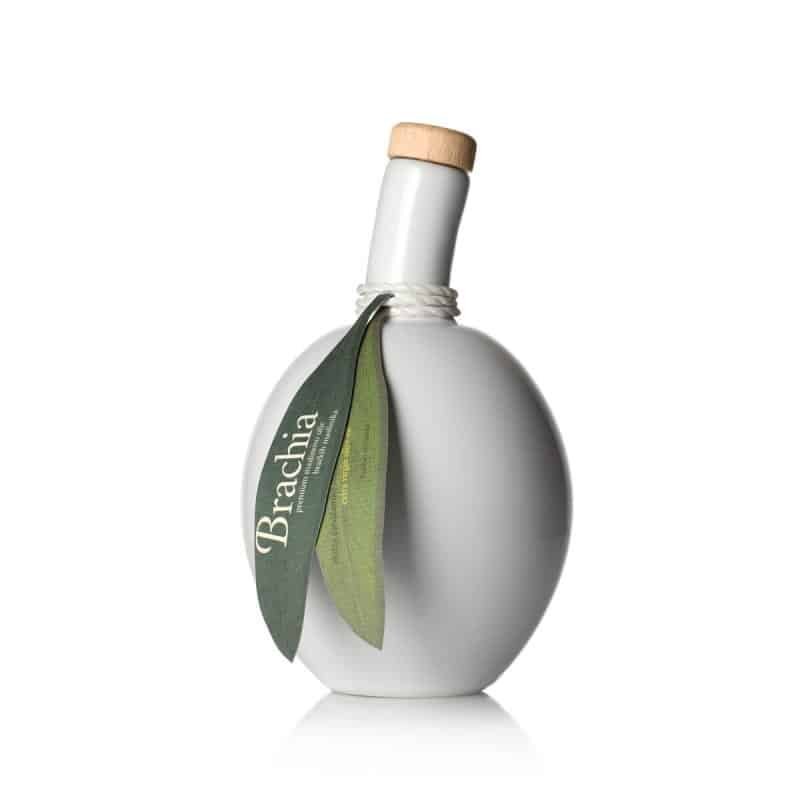
- Oleum Viride: an olive oil brand that sources from various regions, ensuring a diverse flavor profile
- Luna Rossa: not as widely known but praised for their commitment to quality and sustainability
- OPG Milicic: based in the heartland, they bring a unique terroir to their olive oil
- Villa Anri: combining modern techniques with traditional farming to produce outstanding olive oil
- San Antonio: a boutique producer focusing on artisanal quality olive oil
Culinary Applications
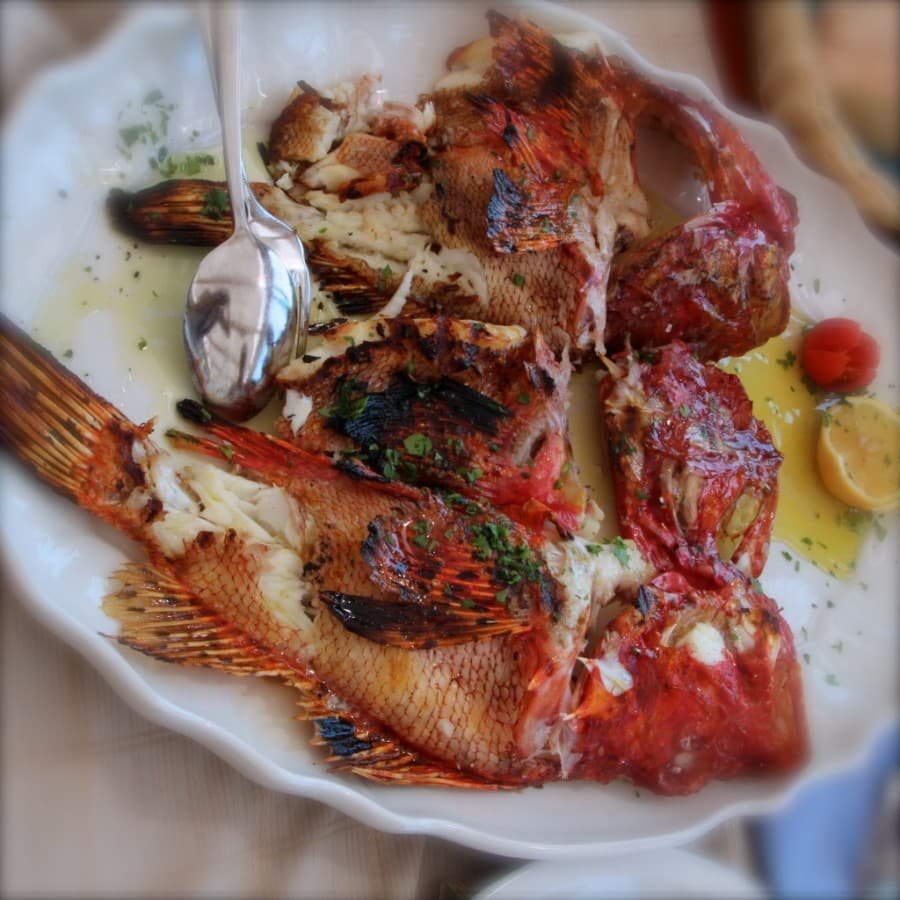
Croatian olive oil, particularly the extra-virgin variety, is celebrated for its quality and flavor. When you’re looking to enhance your dishes, incorporating this regional specialty can transport your taste buds to the Adriatic coast.
Salads. The fruity aroma and rich taste of Croatian extra-virgin olive oil blend beautifully with fresh greens. I love to drizzle it over a salad mixed with arugula, roasted pine nuts, and shaved Parmesan to accentuate its flavor.
Grilled Vegetables. Before grilling, I toss zucchini, bell peppers, and eggplant in this oil for a slight peppery kick that complements the smoky notes.
Bread. For a simple appetizer, dip crusty bread into a bowl of extra-virgin olive oil seasoned with herbs – also goes well with Croatian Paški Sir (cheese).
Seafood. I recommend using Croatian extra-virgin olive oil as a finishing touch on grilled fish. Its rich taste pairs well with the delicate flavors of seafood, enhancing the dish without overpowering it.
Pasta. Toss your pasta with a generous helping of this olive oil right after cooking. It’s one of the best olive oils to combine with garlic, fresh basil, and ripe cherry tomatoes for a quick and flavorful sauce.
Salads. The fruity aroma and rich taste of Croatian extra-virgin olive oil blend beautifully with fresh greens. Drizzle it over a salad mixed with arugula, roasted pine nuts, and shaved Parmesan to accentuate its flavor.
Consumer Guidance

When exploring the diverse world of Croatian olive oils, knowing how to select and preserve these liquid treasures is key.
You’ll want to ensure you’re getting the real deal and keep it tasting fresh as long as possible.
Reading Labels And Authenticity
Pay careful attention to the labels on Croatian olive oils; they are a treasure trove of information.
Look for the term “Extra Virgin” as this denotes the highest quality. It’s produced by the first cold pressing of the olives without any chemical treatment.
Authentic Croatian oils often boast a Protected Designation of Origin (PDO) or Protected Geographical Indication (PGI), reflecting specific regions such as Istria or Dalmatia. These labels guarantee that the olive oil was produced, processed, and prepared in that locale.
It’s worth noting that often the best extra virgin olive oil is not a blend but rather a single-source oil, allowing you to experience the unique flavor profile of the region.
Storage And Preservation Tips
To preserve the nuanced flavors of olive oils, proper storage is crucial. Olive oil is sensitive to light, heat, and air; each can alter its delicate balance.
Here’s a quick guide:
- Keep it cool. Store your olive oil in a cool, dark place. Avoid placing it above the stove or under direct sunlight
- Tightly sealed. Ensure the cap is firmly sealed after use. Exposure to air can lead to oxidation
- Use it timely. Freshness is fleeting. Aim to use your oil within six months to a year of opening (in my house, it lasts a week!)
Move This Adventure To Your Inbox & Get An Instant Freebie

No spam. Unsubscribe at any time.
Sustainability And The Harvest
Croatian olive oil production blends tradition with sustainability, particularly when it comes to the harvest. You’ll see how environmentally friendly practices are the norm here and how timing is everything in the harvest cycle—two core aspects of Croatia’s olive oil excellence.
Understanding The Harvest Cycle
Grab your calendar—timing is everything.
The best growing season can vary, but in Croatia, you can expect the olives to be picked during early harvest times, which tend to range from late October to early December.
The early harvest ensures the olives are at their peak in flavor and antioxidant content.
- Early Harvest. Usually produces oil with more vibrant, grassy flavors and higher polyphenol levels, sought after for their health benefits
- New Harvest. Refers to the first oil of the season; it’s a much-celebrated event and is synonymous with freshness and quality
Awards And Recognition
Croatian olive oil has been turning heads on the global stage. Let’s talk about the shiny accolades that Croatian producers are rightly proud of.
At the prestigious New York International Olive Oil Competition (NYIOOC), they’ve made a noticeable splash. In 2022, they won a total of 96 awards. In the 2021 edition, they also made a close run with an impressive 87 awards.
In the world of olive oil, the NYIOOC is like the Oscars. Winning a gold medal here isn’t just good; it’s a stamp of exceptional quality. For Croatian oils, it’s a testament to the craftsmanship and care that goes into every bottle.
It’s no wonder, then, that Croatian olive oils consistently rank as some of the world’s best.
Here’s a bite-sized look at Croatia’s climb up the olive oil ranks:
- Flos Olei. This guide has listed multiple Croatian olive oil producers, with some even scoring near-perfect points for their oils.
- World Olive Oil Competition. Croatian oils have been awarded for their excellence in various categories, highlighting the country’s diverse and high-quality production
- 2023 NY1OOC. Tomislav Duvnjak and Eva Marija Čurin nabbed Gold. Croatian olive growers won a total of 96 awards.
- 2022 NYIOOC. 3rd place with 96 awards
- 2021 NYIOOC. 4th place with 87 awards
So, when you drizzle that golden oil over your salad, think about the global champions you’re bringing to your table. Croatian olive oil doesn’t just taste good; it’s got the laurels to prove it’s among the planet’s finest. And who wouldn’t want a taste of that success?
Final Word On The Best Croatian Olive Oils
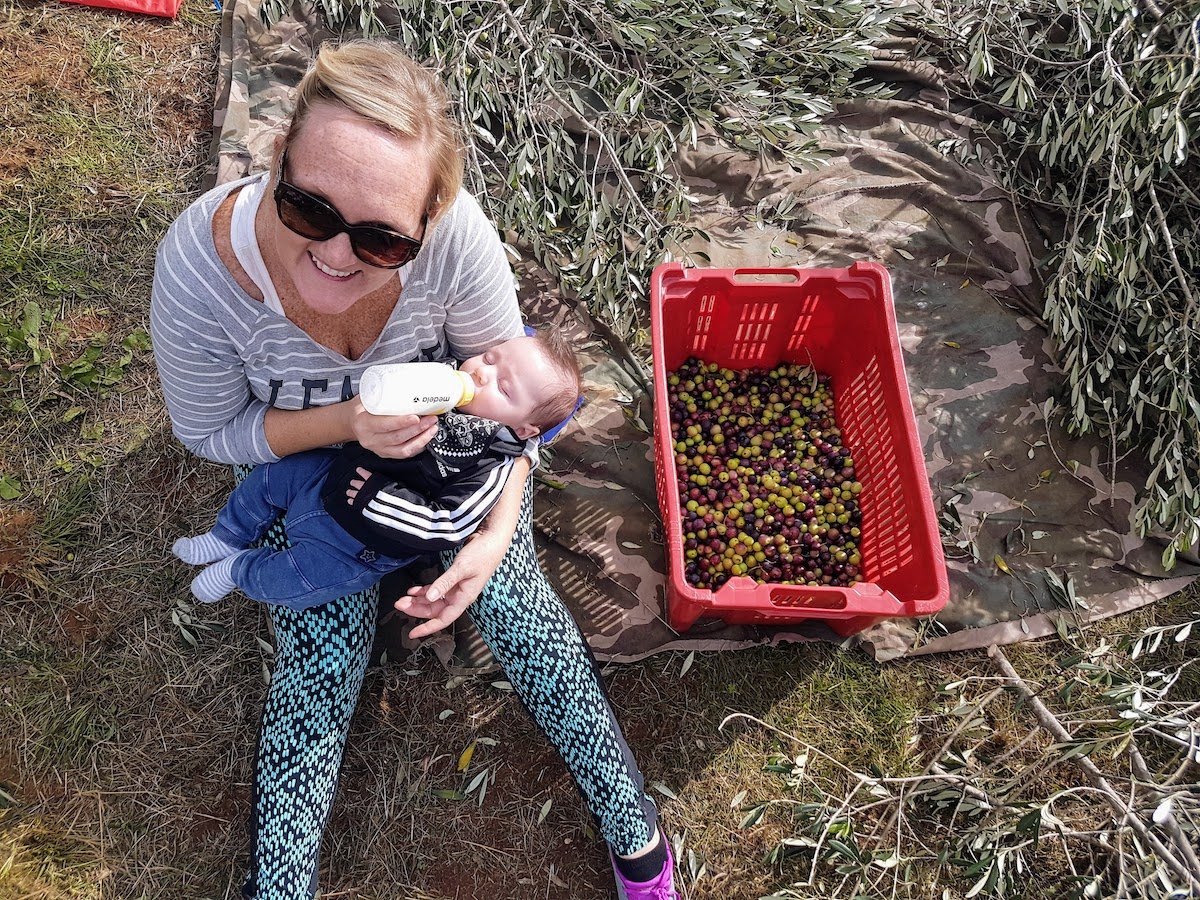
So, we’ve come full circle – from the sun-drenched groves of Pasman to the cozy corners of our kitchen. I wanted to share a slice of our life, showing you why Croatian olive oil isn’t just a staple in our pantry; it’s a part of our life.
Through this guide, I’ve tried to hand over a piece of Croatian tradition to make that salad you’ll make this week just a bit tastier.


